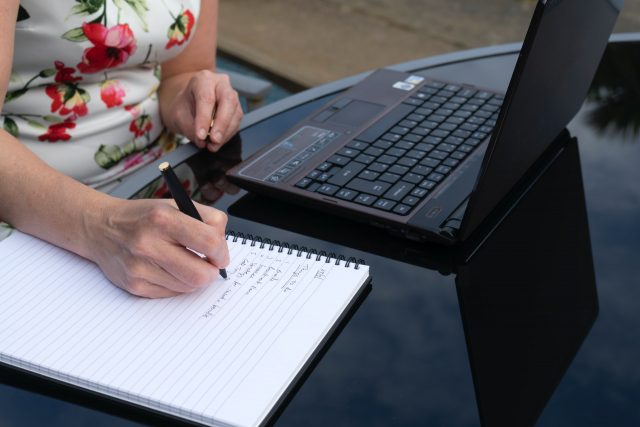6 Things That Could Go Wrong With Investments
Investing is a powerful tool for creating wealth, but it also comes with some risks. While the potential returns may be attractive, investors need to be aware of the pitfalls that can derail their financial goals. In this quick article, we will discuss some common issues when investing and provide insight on how to mitigate these risks.

Navigating the Investment Landscape: Potential Pitfalls and How to Avoid Them
-
Lack of Diversification
One of the cardinal sins of investing is putting all your eggs in one basket. Failure to diversify your investment portfolio leaves you vulnerable to fluctuations in a single market or asset class. Market conditions can change rapidly, and overconcentration in one area can result in significant losses. To reduce this risk, diversify your investments across different asset classes, industries, and geographic regions.
-
Ignoring Risk Tolerance
Investments should be aligned with your risk tolerance and financial goals. Making risky investments without considering your comfort level can lead to stress and poor decisions. It’s important to realistically assess your risk tolerance and structure your portfolio accordingly. Remember, a balanced portfolio commensurate with your risk tolerance can better weather market turmoil.
-
Tracking Performance
The investment environment is full of trends and buzz, but tracking performance can be a dangerous game. Investments that have recently outperformed may not maintain their momentum, and jumping on the bandwagon late can result in losses. Conduct thorough research and focus on long-term fundamentals rather than short-term trends. Successful investing requires patience and discipline, rather than following the latest fads.
-
Neglecting Due Diligence
Investors may get excited about potential returns and neglect proper due diligence. It is important to thoroughly evaluate your investment before committing any funds. Understand the company’s financial health, management team, and competitive position. Ignoring these aspects can result in investing in a company with unstable fundamentals, which can lead to major financial setbacks and even the need for a Fraud Solicitor in serious cases.
-
Market Timing
Market timing is a difficult task. Even experienced professionals have difficulty predicting market movements consistently. Investors who try to “buy low and sell high” based on short-term market trends often end up making costly mistakes. Instead, focus on your long-term investment strategy and avoid making impulsive decisions based on short-term market fluctuations.
-
Emotional Decision-Making
Investing is not just about numbers. Emotions play a big role. Fear and greed can cause investors to make irrational decisions, such as panic selling during market downturns or buying hot stocks without proper analysis. Improving your emotional intelligence and maintaining a disciplined investment approach can help reduce the influence of emotions on your financial decisions.
In A Nutshell
The world of investing promises economic growth, but it’s important to approach it with a carefully thought-out strategy. Avoiding these common pitfalls requires diligence, research, and a disciplined mindset. Manage your investment environment by diversifying your portfolio, aligning your investments to your risk tolerance, conducting thorough due diligence, remaining disciplined in the face of market trends, and managing your emotional impulses. You’ll then be able to navigate it better and work toward achieving your financial goals.










